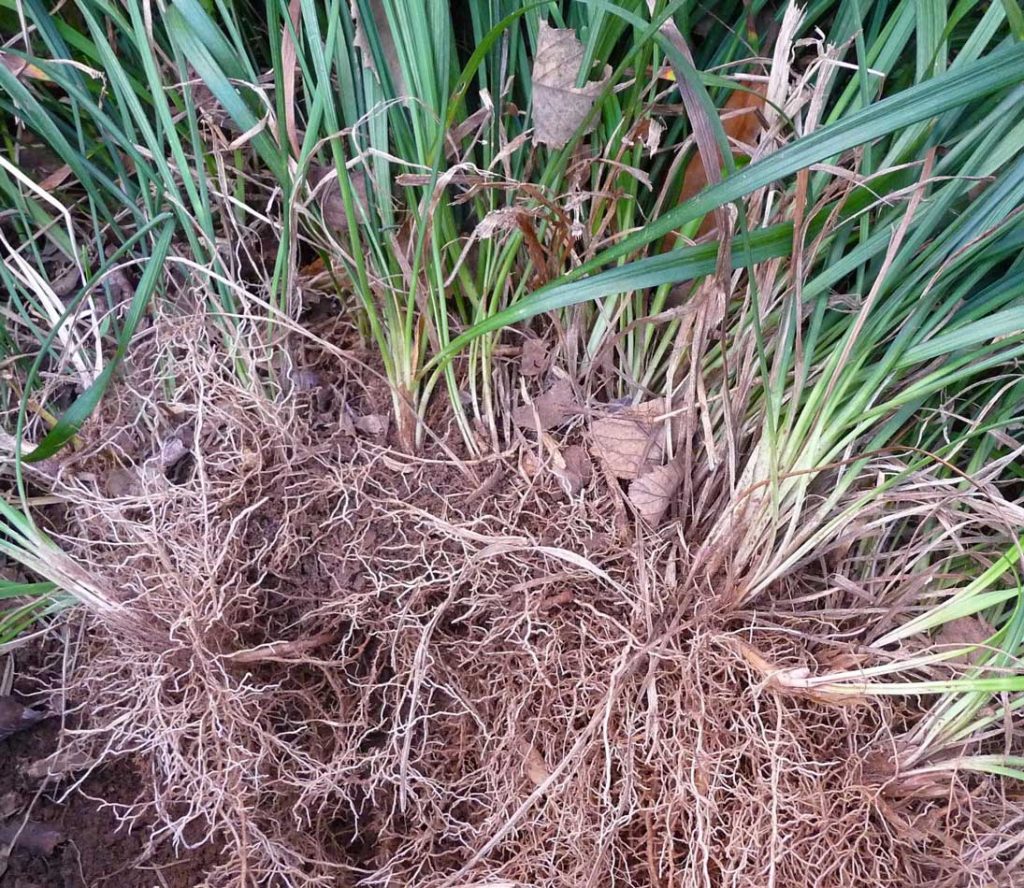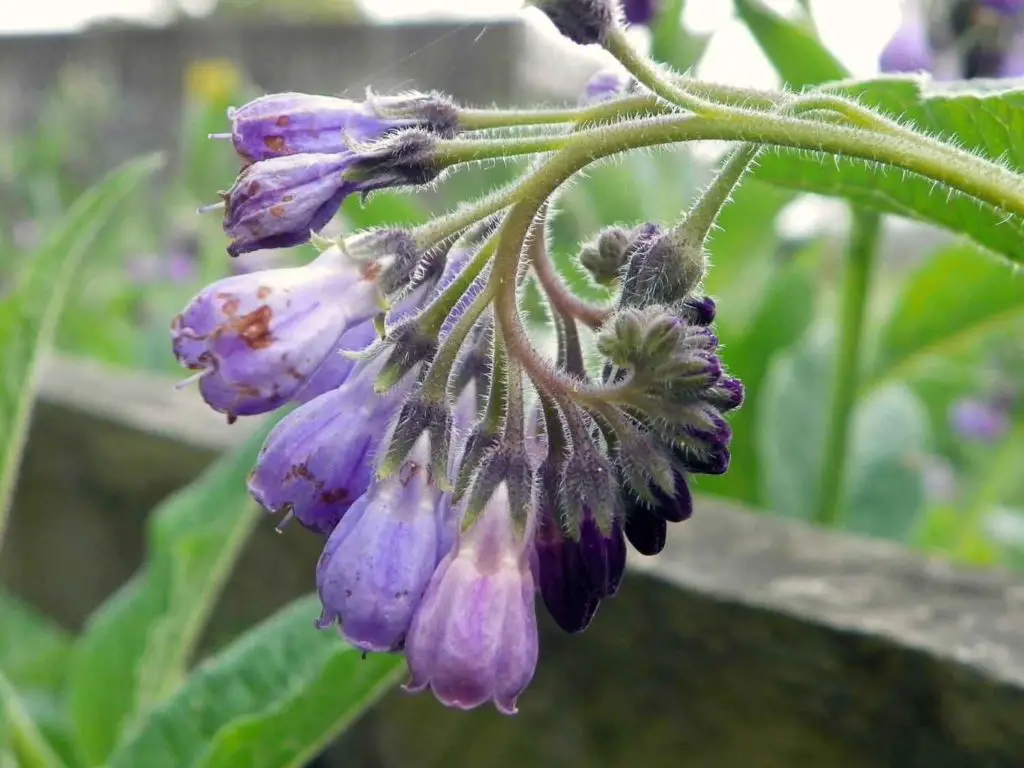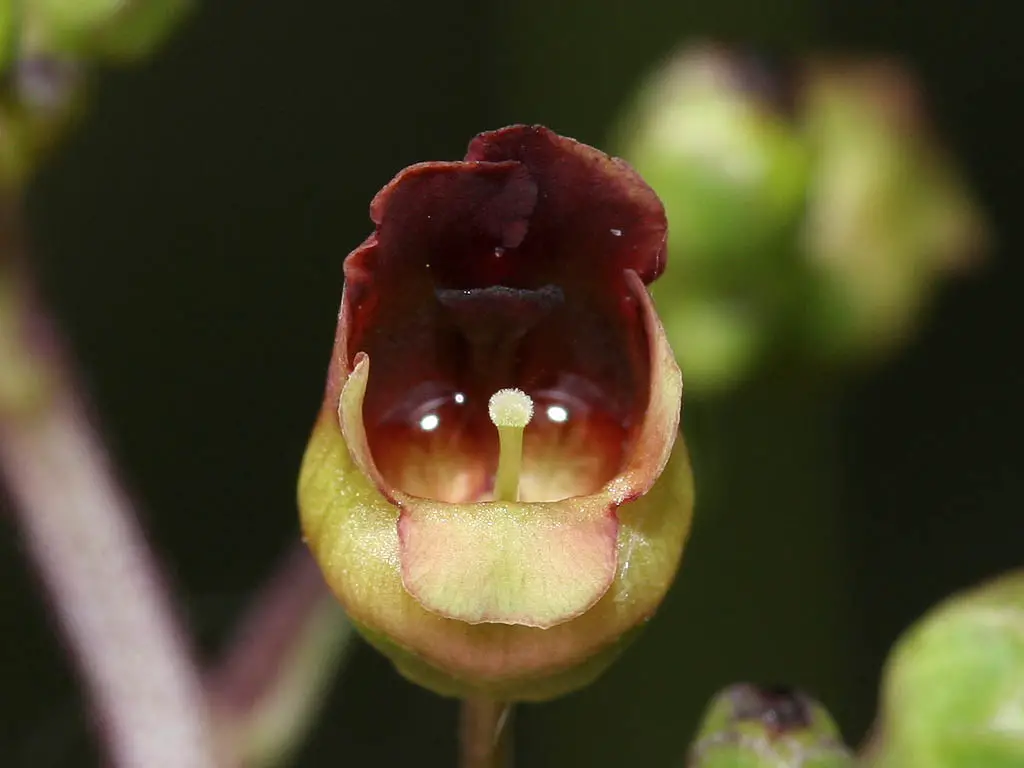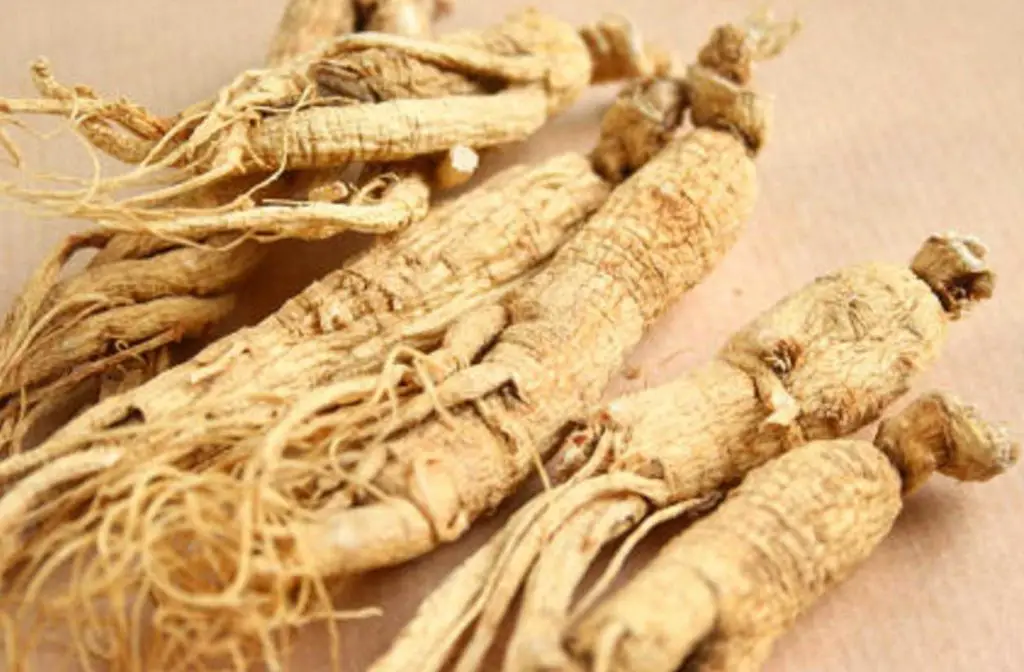What is Mai Dong?
Mai dong (Radix Ophiopogonis or Ophiopogonis japonicus) (麦冬) is a herb in the Lilaceae or Asparagaceae family depending on the classification system used. Other plants in the Lilaceae family include the lily, tulip, and fritillary. On the other hand, the Asparagaceae family includes such genuses as Agave, Asparagus, Hosta, and Yucca.
The Mai Dong plant grows to be 12-40 cm high and is made up of fibrous blade-like leaves. The leaves of the Mai Dong grow in clumps. Above ground it looks a lot like other grasses. However, it is under the ground that the medicinal part of the plant is found.
Only the root of the Mai Dong (also called Mai Men Dong and the Dwarf Lilyturf Tuber) plant is used medicinally. The roots have an oval shape with a thick middle and tapered edges. They can be 1 cm long or more and between 5-10 mm wide. The herb is harvested in the summer and dried for use. Mai Dong is reported to have a slightly sweet and bitter flavor with a fragrant smell, and has free sterols, stigmasterol, sterol glycoside, ophiopogonin A, B, C, and D, ruscogenin, beta-sitosteral, campesterol, and homoisoflavonoids.

Mai Dong NON-Alcohol liquid extract contains ONLY natural ingredients!
Mai Dong is native to China and is primarily grown there. The provinces GuangXi, Zhejiang, and Sichuan are most known for their Mai Dong production. Yet, the herb can also be found in the Guangdong, Fujian, Taiwan, Jiangsu, Jiangxi, Guizhou, Anhjui, Henan, Shaanxi, and Hebei provinces. Mai Dong grows best in China because it prefers warm and humid conditions with temperatures between 55 and 80 degrees Fahrenheit.
Mai Dong Benefits and Uses
As part of Traditional Chinese Medicine (TCM), Mai dong has been used for a wide variety of conditions. Most often it is used to tonify yin (bodily matter like blood, fluids, and tissue. The increased popularity of Traditional Chinese Medicine in the Western world has increased the scientific attention given to Mai Dong. There have been many scientific studies done in the last fifteen years that help identify the true medicinal properties of the plant.
Asthma
Asthma is a chronic condition that affects millions of people worldwide. Suffers of asthma have trouble breathing when their airways become inflamed and constricted. These symptoms can happen more or less often depending on the severity of the condition.
Mai Dong has been researched in several studies for its efficacy in helping manage asthma symptoms (there is currently no cure for the condition). In both a 2005 and 2009 study Mai Dong was found to be an effective complimentary treatment to asthma. The patients in these trials were still given a normal asthma treatment in addition to the Mai Dong, so the herb’s impact on the symptom improvement is unclear. However, a 2004 study found that Mai Dong had a positive effect on suppressing coughing in patients with increased cough sensitivity.
Finally, a 2010 meta-analysis found no significant improvement in the symptoms of asthma. They also pointed out that the earlier studies of Mai Dong’s effects on asthma symptoms had sample groups that were too small to give accurate results.

Mai Dong NON-Alcohol liquid extract contains ONLY natural ingredients!
Immune Response
A 2016 study found that the Ophiopogon polysaccharide liposome (OPL) found in the root of Mai Dong can increase phagocytic activity. Essentially, what this means is that the study found that OPL, and Mai Dong in general, can potentially help increase a person’s immune response. However, the study’s authors acknowledged that more research is needed into this treatment option.
Diabetes
Multiple studies have also examined Mai Dong’s effectiveness on treating diabetes. For example, three studies in four years (2012, 2014, and 2015) concluded that MDG-1—a polysaccharide found in Mai Dong can reduce hyperglycemia in diabetes patients. These experiments were conducted on mice, not humans, but the results are promising.
You can also check out Ashitaba for treating diabetes.
Mai Dong Dosage
The dosage information for Mai Dong comes from TCM. The studies mentioned used the traditional dosages.
Most often Mai Dong is taken in the form of a decoction—a extract of the plant’s mineral salts and bitter principles in a liquid. Decoctions are most often made using water and harder plant materials like roots, bark, seeds, or rhizomes.
To make a decoction with Mai Dong, most practitioners recommend using 5-15 grams of the herb steeped in water. The longer you steep, the more potent the treatment. On average most people steep the herb 25-40 minutes, then strain out the root, and drink the cooled liquid.
Mai Dong is also often used in combination with other TCM herbs like pinella tuber, ginseng root, licorice root, glehnia root, dried rehmannia root, and polygonatum rhizome. Mai Dong also features in many Chinese herbal formulas including Yaquan Wan, Tangmaikan Keli, Shenqi Jiantang Keli, Jiangtangshu Jiaonang, Zhenqi Jiangtang Jiaonang, Yusanxiao Jiaonang, Jiantangning Jiaonang, etc.
Mai Dong Side Effects, Safety, Dangers and Warnings
There are no known side effects or drug interactions with Mai Dong. It is safe for everyone, even pregnant women to use as a decoction in the correct dosage. However, most medical studies indicate that more research is needed in this area before the herb is labelled completely safe.
In Traditional Chinese Medicine, Mai Dong is not recommended for people with a spleen deficiency, however, no clinical studies have been found to support this claim.
One thing to keep in mind when using Mai Dong is the quality of the herb. A 2015 study in Biomedical Reports illustrated that Mai Dong strains cultivated in different regions had dissimilar properties. Because of this, the authors call for a greater investigation into the variations in Mai Dong strains in order to evaluate and reduce potential negative side effects.
If you’re looking for other TCM herbs, you can also check out Eucommia or Cistanche.

Mai Dong NON-Alcohol liquid extract contains ONLY natural ingredients!
References:
https://www.cancer.gov/publications/dictionaries/cancer-drug/def/mai-dong
https://www.ncbi.nlm.nih.gov/pubmed/27311507
https://www.ncbi.nlm.nih.gov/pubmed/14998718
https://www.ncbi.nlm.nih.gov/pmc/articles/PMC5386216/
https://www.ncbi.nlm.nih.gov/pmc/articles/PMC2748395/
https://www.ncbi.nlm.nih.gov/pmc/articles/PMC2770266/
https://www.ncbi.nlm.nih.gov/pubmed/20640388
https://www.ncbi.nlm.nih.gov/m/pubmed/14768364/
https://www.ncbi.nlm.nih.gov/pubmed/15693916
https://www.ncbi.nlm.nih.gov/pubmed/26826325
https://www.ncbi.nlm.nih.gov/pmc/articles/PMC4467266/
https://pubs.acs.org/doi/abs/10.1021/np060033d
https://www.ncbi.nlm.nih.gov/pubmed/22776833
https://www.ncbi.nlm.nih.gov/pubmed/23544552
https://www.ncbi.nlm.nih.gov/pubmed/24292023
https://www.ncbi.nlm.nih.gov/pmc/articles/PMC4613319/





This was very helpful. But can you tell me what region of China produces the best (highest quality) of Mai Dong? And what is that product (plant) called/ This will help me order the most potent Mai Ding. Also, is it best to steep the root (or bulb) rather than a powder or granules? Thanks.
I’d personally buy Mai Dong off of Amazon. Ordering from China is a bit risky.